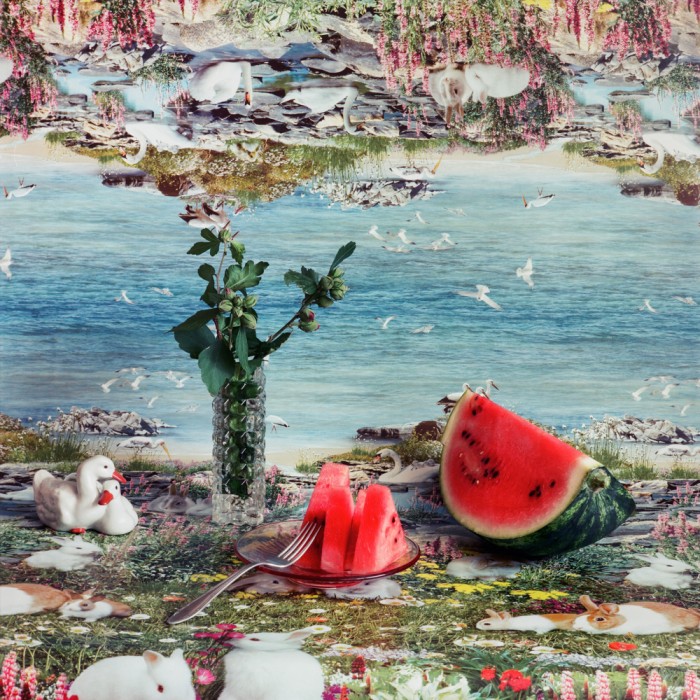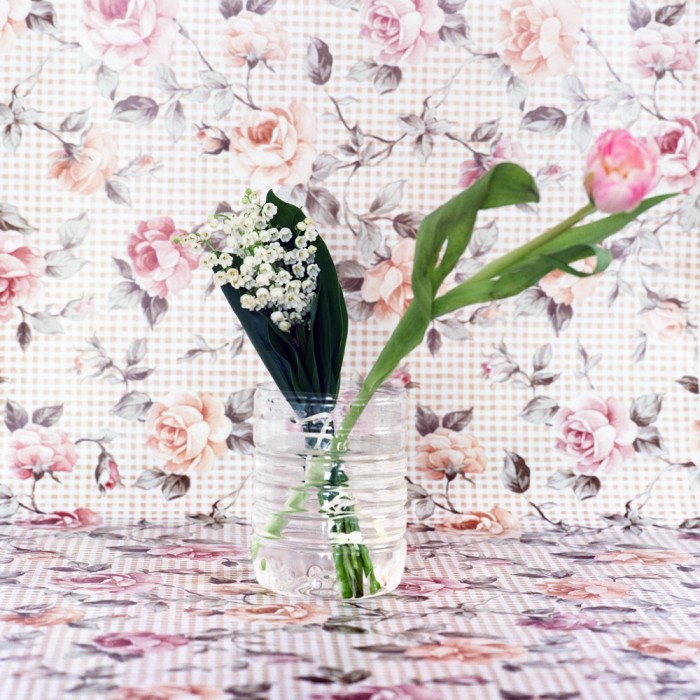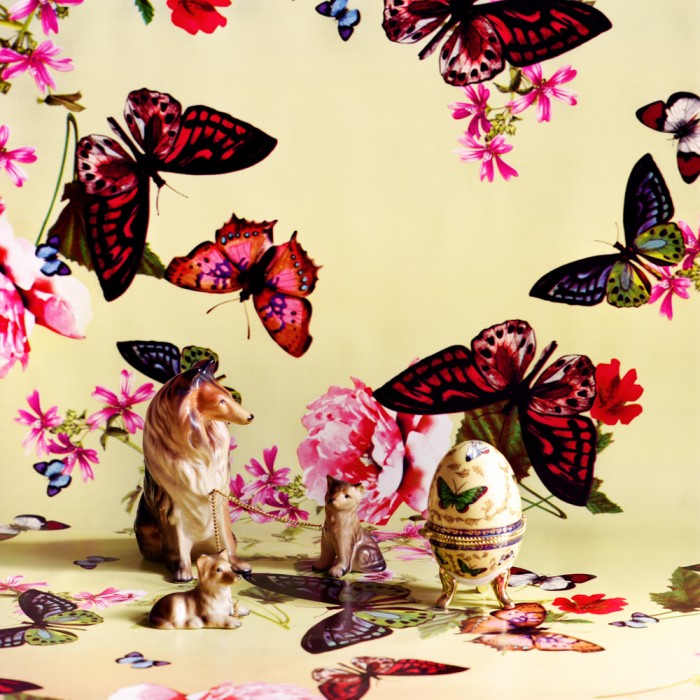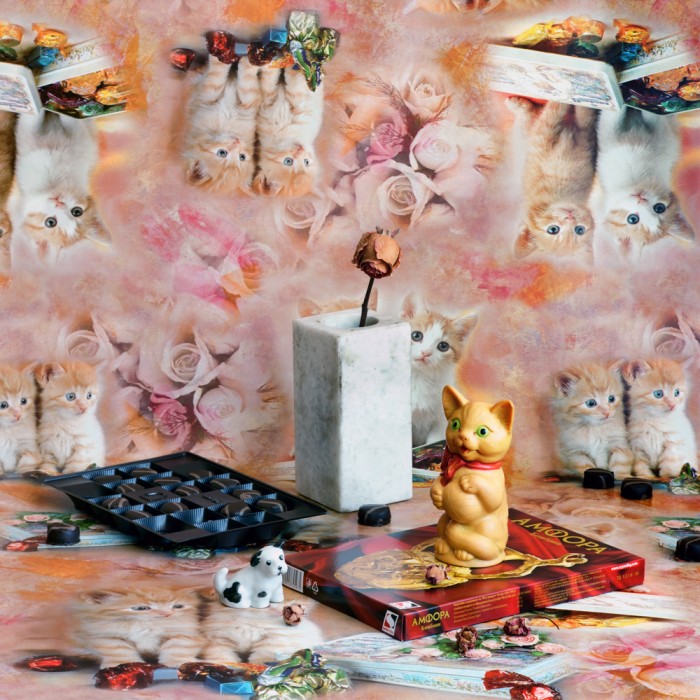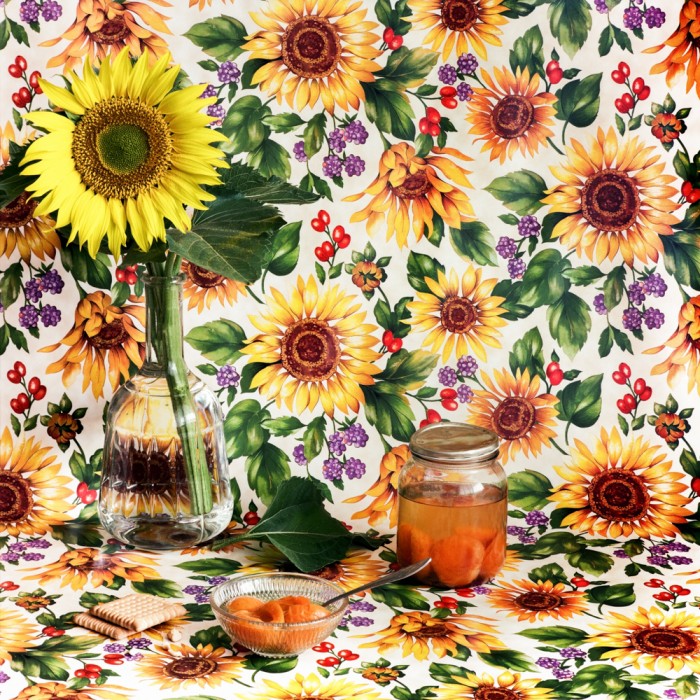Associated Nostalgia
-
PhotographerEugenia Maximova was born in Ruse, Bulgaria. She graduated from The University of Vienna, reading journalism and communication science. Eugenia Maximova first became interested in photography in 2005 after the sudden death of her mother, a noted Bulgarian painter. "Looking through the viewer and pressing the camera button helped me to escape the harrowing reality of her loss, to overcome the shock and lessen the burning pain. As time passed, photography became my favoured means of communication; a new outlet of creative expression, for how I felt about both myself and my perception of the world around me." says Eugenia. Eugenia's journalistic background influences many of her projects. And although they often differ from the traditional concept of 'photojournalism', the goal of her images is to bring to light the lives of others and to communicate socio- political models and tendencies and examine their consequences for society and culture. Currently Eugenia works as a freelance Photographer. Her clients include: GEO, National Geographic, Die Zeit, Moscow News, The Guardian. Eugenia's work is represented by The Anzenberger Gallery/Agency., Austria
-
Website
-
Instagram
The triumphal march of kitsch began long time ago. The kitsch
culture of today flourishes
across all life segments.
Some hate kitsch outright but most people simply love it.
Kitsch is visual fast food; Sometimes pitch is truly difficult to
digest but for many it is also
unpretentious and tasteful. Kitsch doesn't require lots of
preparation, rethink, and
consideration. In fact it barely requires any thinking at all. Kitsch
quickly responds to most
basic human instincts. And once the chef has found the 'right'
ingredients he is ready to
open a chain restaurant.
Kitsch is melodramatic, sentimental and folksy. But kitsch also
entertains.
Although I was born to a fine art artist mother most of my
childhood memories are vividly
connected to kitsch. Kitsch was on open display in almost every
household. Cristal and
ceramic dinner sets, vases and figures, hard to acquire foreign
objects (many of them of
everyday use, others without any use at all), plastic fruits and
flowers. They were all put
behind glass, in showcases and were the pride of the house.
Hand made crochet covered most electronic devices in each and
every house.
Kitsch was destiny and no one was ever supposed to escape it. It
was the ghost of time
and more. The scarcity of goods during communism has created
a culture of showing off
where people behave ostentatiously. And since environment
shapes individuals who live in
it, a person living in such a society rarely would wish to lag
behind. Kitsch was also widely
used as political propaganda during that period. Art's sole
reason d'etre was to bolster a
dictatorial regime and glorify its leaders.
Eugenia Maximova is a Bulgarian-Austrian photographer and visual artist based in Vienna. She has a master's degree in journalism- and communication studies from The University of Vienna. Eugenia Maximova sets out to explore the interconnections between political realities and the private lives of people, how identity is formed in different cultural settings, and the close ties between personal belongings and their owners with a passionate eye for the phenomenon of kitsch. Eugenia has published several books and her work has been shown in solo exhibitions in a large number of countries.
Awards 2016 New East Photo Prize- Finalist
2015 PX3 2015 COMPETITION- honorable mention
2012 Le Journal de la Photographie- Portfolio of the Year- Nominee
2011 International Photography Awards: DEEPER PERSPECTIVE PHOTOGRAPHER OF THE YEAR AWARD- Finalist
2010 International Photography Awards: DEEPER PERSPECTIVE PHOTOGRAPHER OF THE YEAR AWARD- Finalist
2010 B&W Magazine Portfolio Contest 2010- Excellence Award
2009 Category winner - Px3 Award 2009 International Photography Awards: DEEPER PERSPECTIVE PHOTOGRAPHER OF THE YEAR AWARD- Finalist
2008 Balkan Photographic Forum "Pred Men" Award
2006 Konica Minolta
